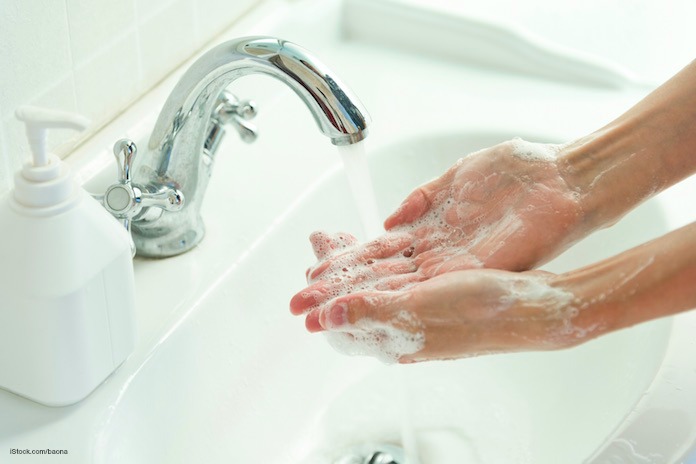Today is Global Handwashing Day. Did you know that washing your hands properly is one of the most effective ways to stop the spread of bacteria and viruses? Keeping your hands clean can prevent 30% of diarrheal illnesses and 20% of respiratory infections, according to the Centers for Disease Control and Prevention (CDC). This day highlights the importance of using soap and water properly to clean your hands.

It’s especially important to teach young children and teenagers how to wash their hands thoroughly. These age groups often don’t know how to complete this task.
This year’s theme is “Hand Hygiene For All,” and seeks to make soap and water available globally, especially in public places such as schools and healthcare facilities. This action can not only help prevent foodborne illness, it may be a critical response to the coronavirus pandemic. Experts estimate that proper handwashing may reduce absenteeism due to gastrointestinal illness in children by up to 57%, and reduce diarrheal illness in those with weakened immune systems by almost 60%.
You should always wash your hands before preparing food, serving food, or eating; after using the bathroom, coughing, sneezing, or blowing your nose; and after taking care of someone who is sick. Also wash your hands well after handling raw meat and poultry, raw eggs, seafood, and flour because those items can be contaminated with dangerous bacteria.
The CDC has made videos available to show exactly how hands should be washed. First, wet your hands under clean running water. Then add a good amount of soap, either by lathering a bar or using liquid soap. Lather up. Then scrub your hands for at least 20 seconds. Pay attention to the area between your fingers, under your nails, and your wrists. You can time 20 seconds by singing the song “Happy Birthday to You” twice. Finally, rinse your hands thoroughly and dry them with a clean cloth or paper towel.




